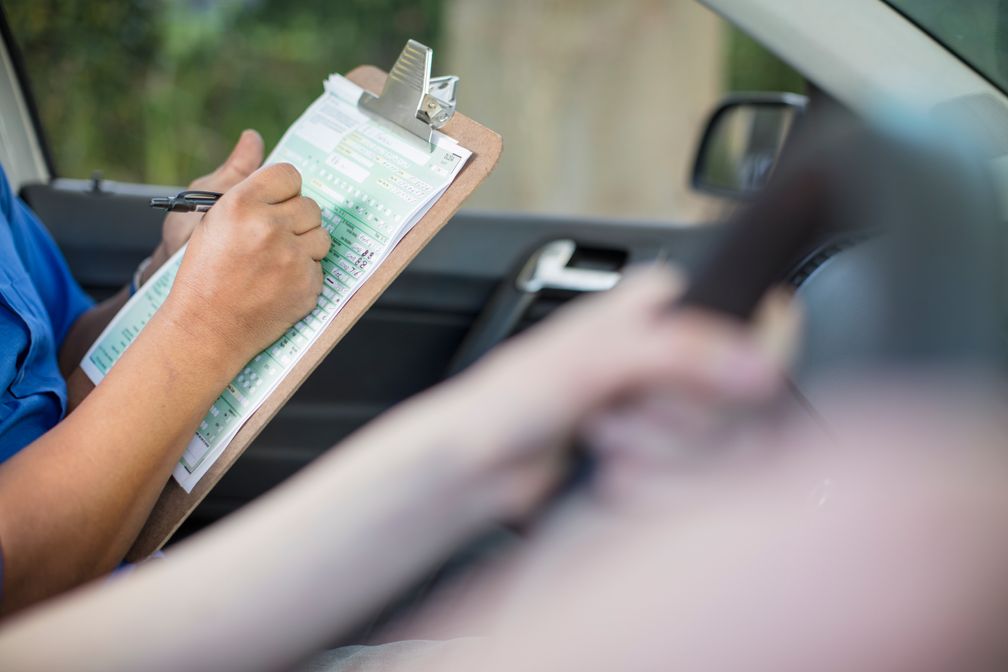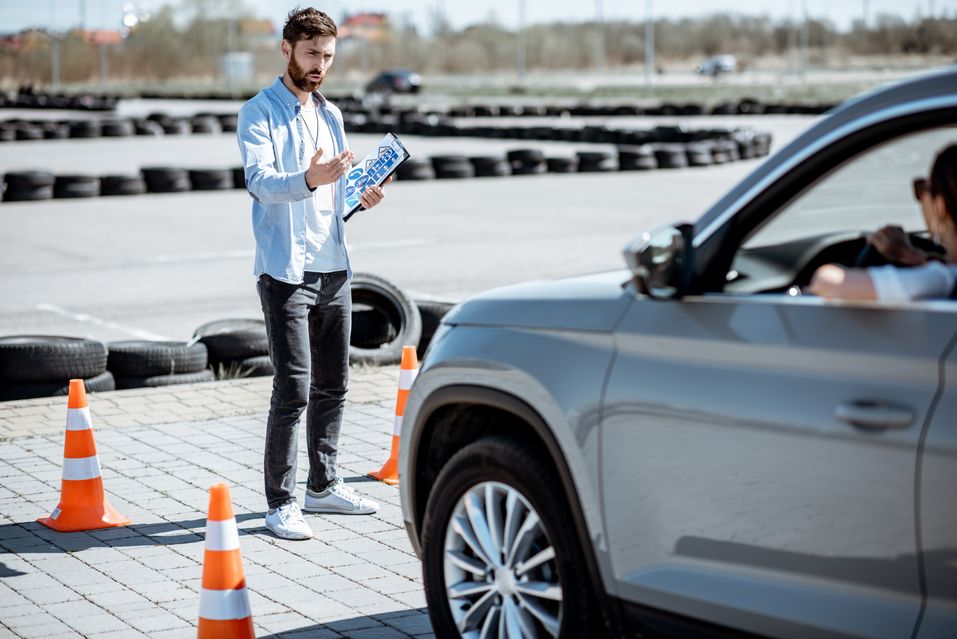
Some people feel they know how to drive before they take the test, but there are certain mistakes that can cause you to fail. Be sure to avoid these mistakes during the test in order to pass. We’ve listed the most common mistakes below. Read on to be more aware of your driving while taking the test.
Common Driving Test Mistakes You Should Steer Clear of
1 – Use Your Mirrors
Using your mirrors is incredibly important, especially when reversing. Before you even start the car, you should adjust your mirrors, so you have a clear view of the road behind you.
During the driving test, the examiner will be looking to see if you are using your mirrors regularly. Every time you change direction, check your mirrors. This includes when you turn a corner, change lanes and when you park.
2 – Incorrect Signal Use
Using your indicators correctly is vital to let other road users know what you are doing. You should indicate in plenty of time before you turn and cancel the signal once you have completed the manoeuvre. If you forget to indicate, the examiner will be forced to guess what you are doing, which could result in you failing your test.
3 – Hesitation
Hesitation is another common driving test mistake. You may find yourself hesitating at junctions or when changing gear. This is often caused by nerves. It is important to remember that the examiner is not looking to trick you. They want you to pass, so if you are unsure of what to do, ask.
4 – Poor Positioning
Positioning is vital, especially when turning. You should be in the correct position before you turn. This will make the manoeuvre much easier and will also help you to stay safe.
5 – Use All Your Controls
Before you set off, you should check all your controls. This includes your indicators, windscreen wipers, lights, mirrors and seatbelt. Taking note to use all the proper safety features of your vehicle will also be taken into account, so you shouldn’t forget about them.
6 – Driving Too Fast or Not Close to the Speed Limit
We all know how easy it is to speed on the road. Even though the speeding limit is put in place for a reason, many people still choose to drive over the limit. This is because they are either in a rush or are not paying attention to their speedometer.
In the eyes of the law, driving too fast for the conditions is just as bad as driving over the limit. This means that even if the speed limit is 80km/h and the weather conditions dictate that you should be driving at 60km/h, you should still drive at 60km/h.
Conclusion
These are the important things to keep in mind as you do your driver’s test. Make sure you know the material and are comfortable with it before you take the test. Be confident and take your time. Don’t rush, and don’t make any of the mistakes mentioned above.
If you want to properly prepare for your driving test in Langley, come to Midtown Driving School. At Midtown Driving School, we have designed classes with the busy student in mind. We have a very flexible system of classes that allows students to take the classes in any order they wish and at their own pace.





